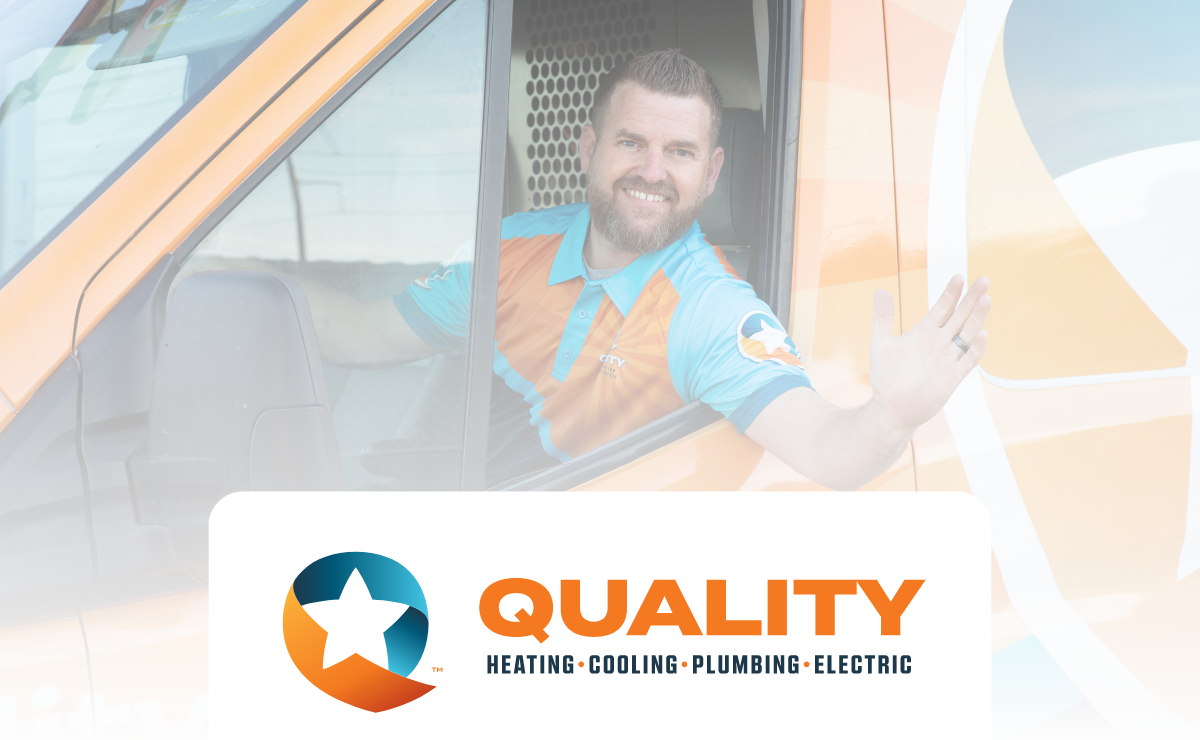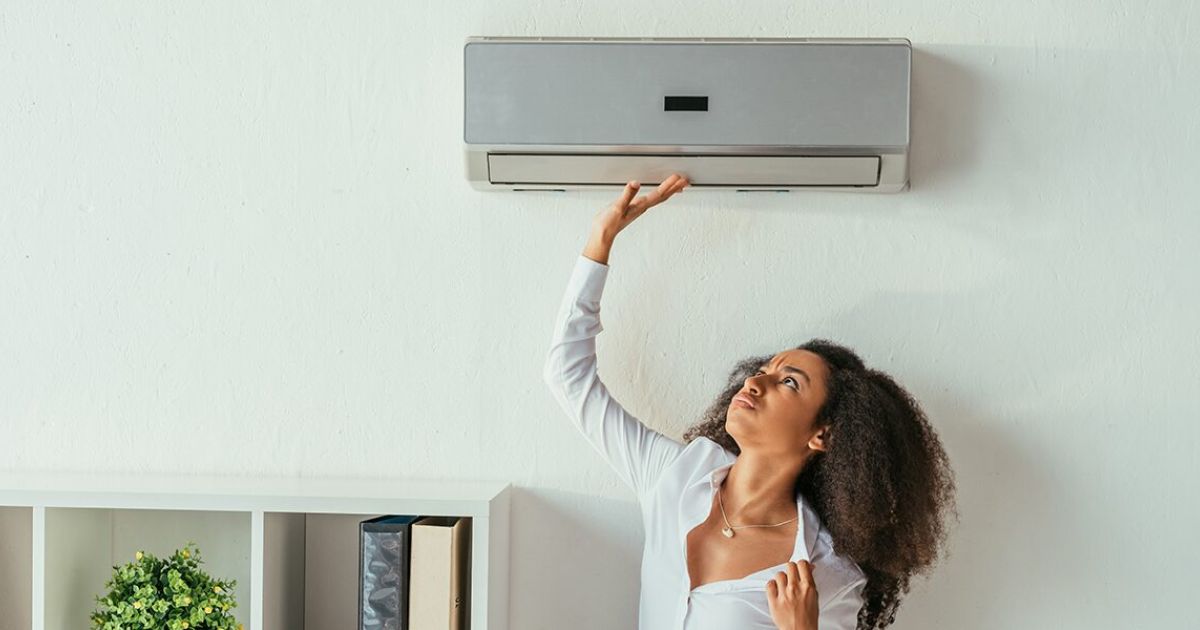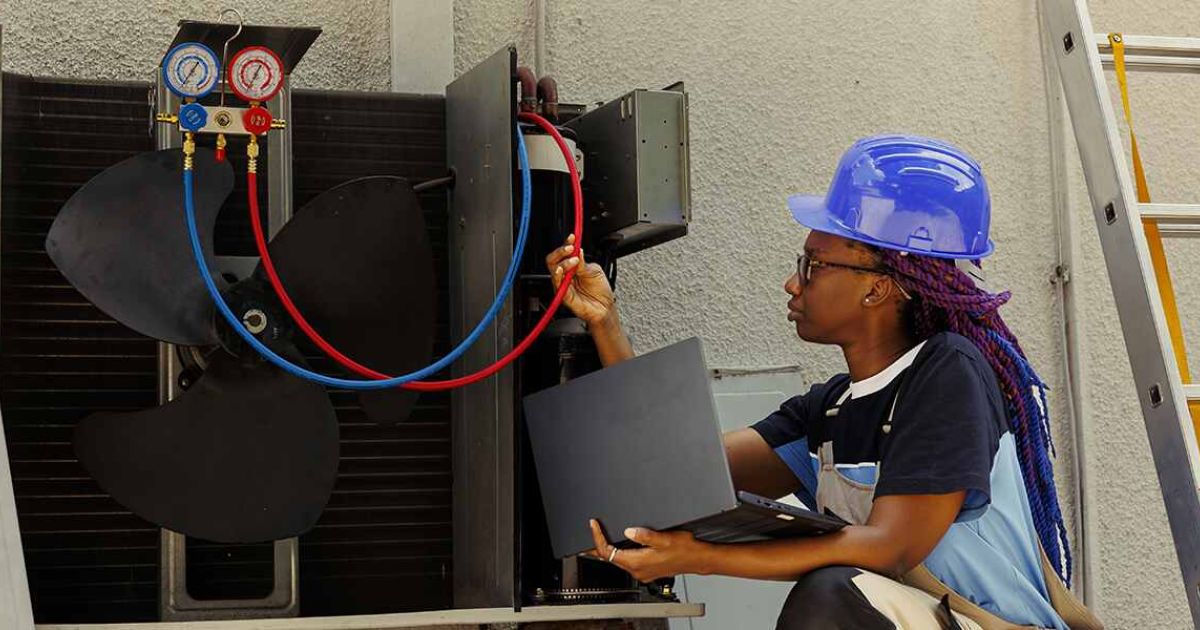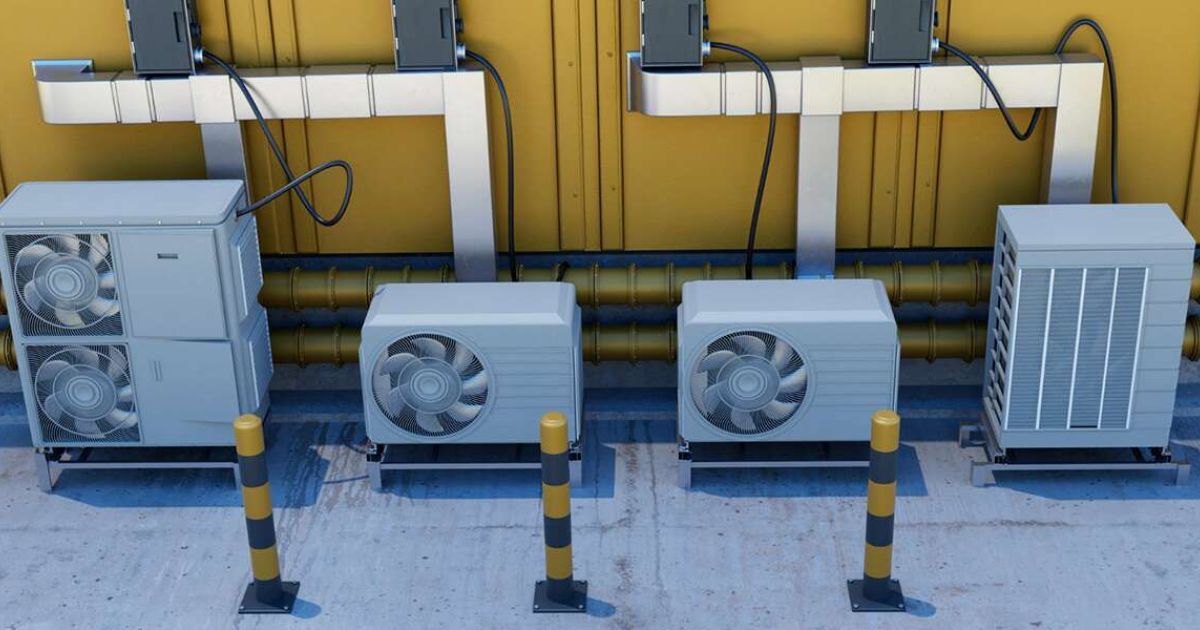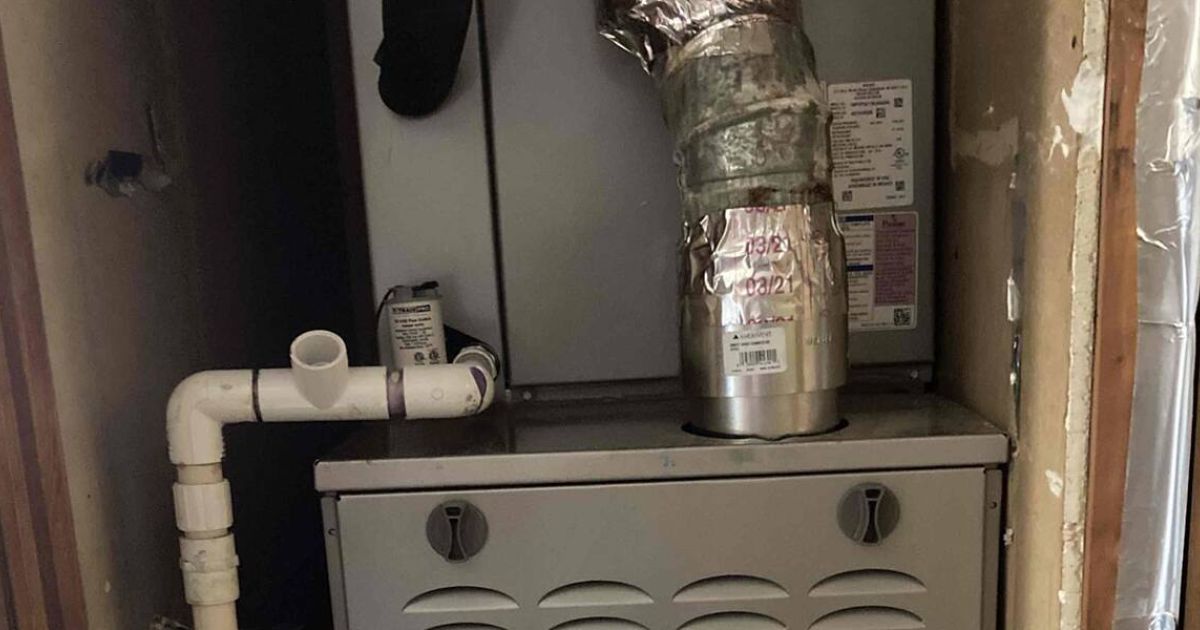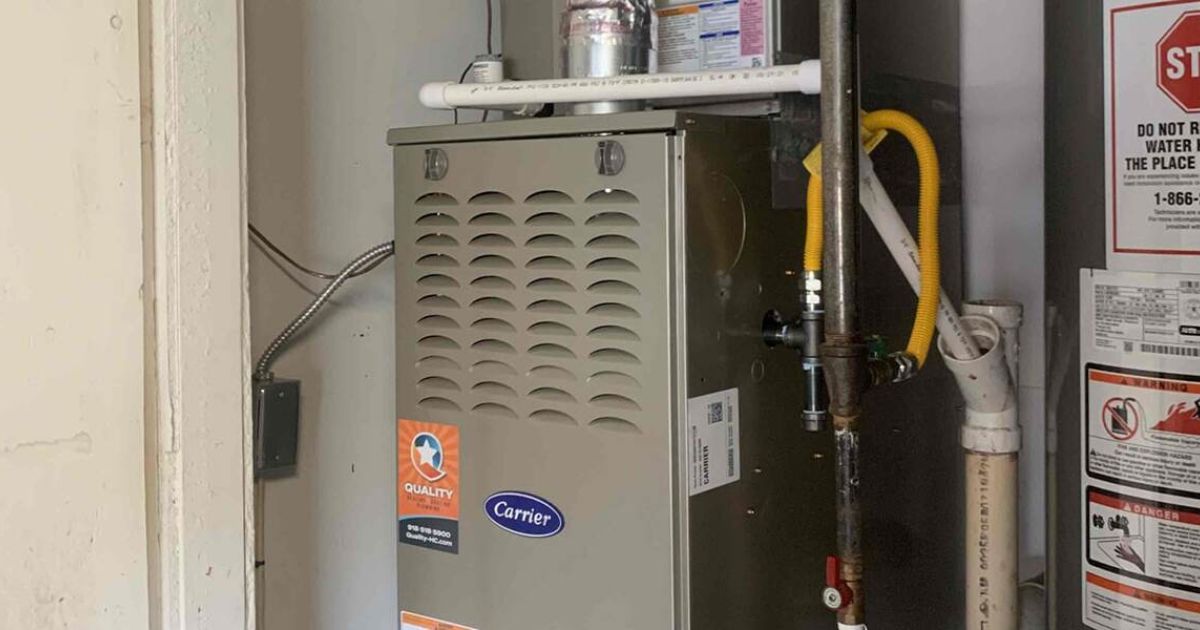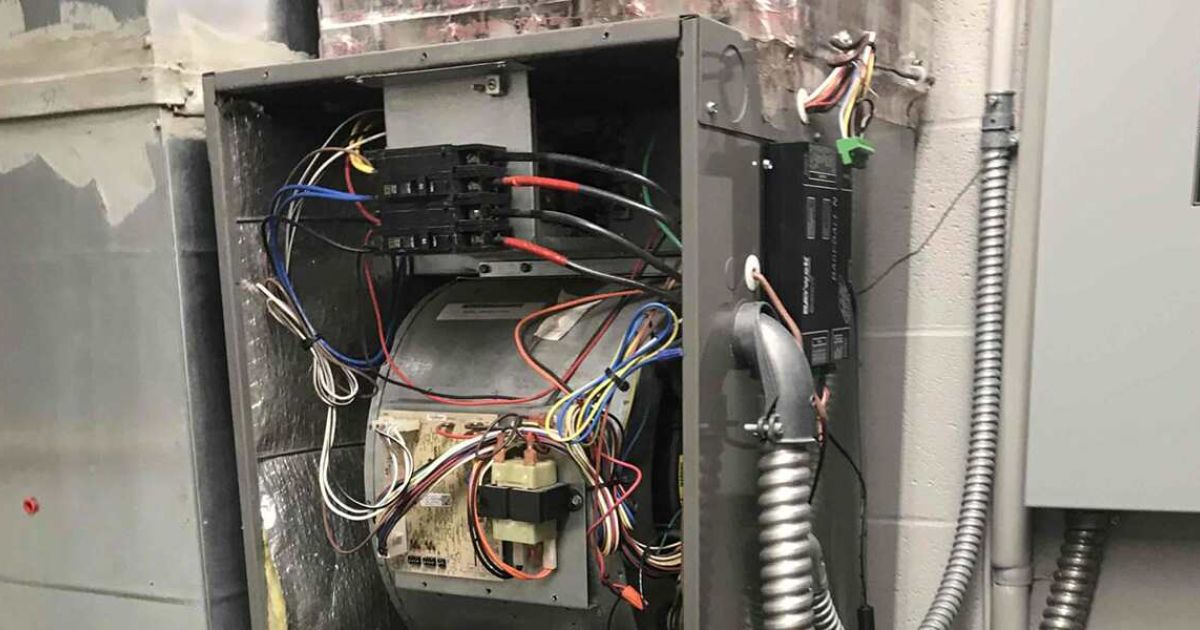Why Your House Is Colder Than the Thermostat Setting

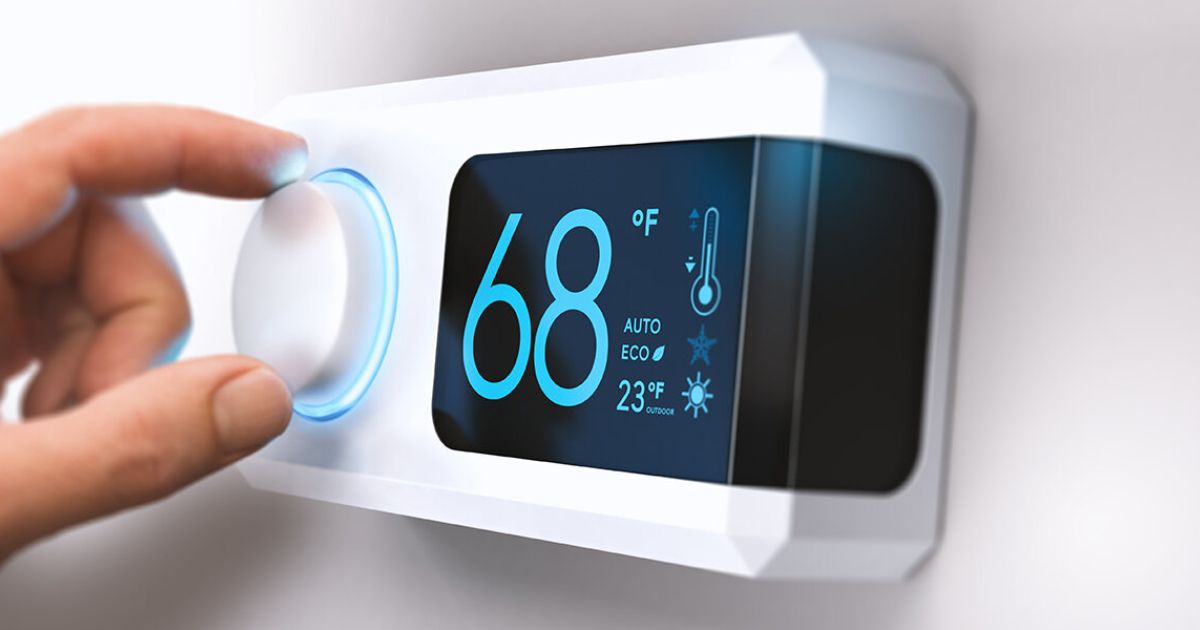
Are you struggling with maintaining comfortable temperatures within your home? Call Quality Heating, Cooling & Plumbing today at (918) 262-5245 for a permanent fix!
Winter in Oklahoma is very uncomfortable. Temperatures can drop below freezing on some nights. It’s certainly not the time for uncertainties with your HVAC system. So, it can be frustrating when your house is colder than the thermostat setting, and you can’t figure out what you’re doing wrong or where the problem lies.
As a professional AC installation company in Tulsa, OK, we get calls from many homeowners in this situation. In our experience, the problem usually lies with the thermostat, the HVAC system, or the state of the property. We’ll cover the details in this post.

Problems With the Thermostat
Problems that affect the thermostat’s operation may bring a disparity in the numbers you see on the screen and what the temperatures feel like to anyone inside the house. Common problems include the following:
Dirty Thermostat
A dirty thermostat invariably means a dirty sensor. When the sensor is dirty, it will communicate a warmer reading to the thermostat, creating that imbalance between the numbers on the thermostat and the conditions inside your house.
Cleaning the thermostat resolves the problem. Be sure to follow the manufacturer’s recommendations to prevent damage to the unit.
A Thermostat in the Wrong Location
If your house is colder than the thermostat setting, it’s a good idea to re-evaluate the thermostat’s positioning. If you’ve exposed the unit to direct sunlight or any appliances that generate heat, there’s a high probability you’ll get inaccurate readings.
The best position for your thermostat is around the center of your home and away from windows and doors.
Insufficient Power to the Thermostat
Weak or dead batteries can affect your thermostat’s performance. It’s easier to spot battery-related problems. Check for battery notifications, short cycling, and any other strange behaviors.
Replacing the batteries will solve the problem in most cases. Be sure to clean out corrosion and dirt from the contact points. If the batteries are still new and there’s no corrosion, the problem lies elsewhere.
Damaged Wiring
If you’ve had the thermostat for a while, it’s a good idea to check the wiring for signs of damage. If the wiring is faulty, the thermostat will generate inaccurate readings, leaving your house feeling colder than it should be.
Remember that you should never attempt to fix faulty wiring on your own. It’s best to contact a professional to avoid potential accidents.
Unbalanced Thermostat
Do you have an older thermostat? You need to check to confirm that it’s level. Such thermostats have sensitive components, like a mercury switch. Therefore, if the unit isn’t level, you’ll notice a difference between the room temperature and the readings from the thermostat.
To balance the thermostat, open the cover to check and fix the subbase with a level. Once the subbase is level, screw back the thermostat cover.
We recommend switching to a smart programmable thermostat if you have older units that require balancing. However, until you complete the switch, fixing the balance should make your home feel as warm as you expect.
Problems With the HVAC System
If your house is colder than the thermostat setting and you’ve ruled out thermostat-related issues, it’s time to turn your attention to the components of your HVAC system, especially the furnace and heat pump.
Dirty Filters
The filters in HVAC systems are there to keep airborne contaminants from entering your home.
Ignoring filters for too long can lead to a buildup of dirt and debris, preventing warm air from reaching parts of your home. As a result, your house will feel colder, even when your HVAC system is working as it should.
Cleaning or replacing the filter in this scenario should restore your home’s temperatures to the desired levels, as more warm air can pass through the filters. Regular HVAC maintenance can prevent a recurrence.
Broken Components
If your filters are not dirty, you may have a broken or malfunctioning HVAC system. Dirty or worn flame sensors, blower motor problems, clogs in the condensate lines, and electrical issues are some of the many problems that can leave your HVAC system failing to deliver the temperatures you’ve programmed in your thermostat.
Undersized HVAC System
Using the wrong heating equipment size can cause various issues, including insufficient heating and inaccurate thermostat readings. When your furnace or heat pump system is too small for your home, it will take ages to deliver enough heat to match the thermostat’s reading—if it ever does.
Thus, you’ll rack up higher energy bills even while in discomfort. The furnace or heat pump will also wear out faster. If you suspect you have an undersized furnace, you should call in a qualified technician for confirmation and to find the right size unit for your home.
The technician may also recommend creating different temperature zones around your property instead of changing the entire HVAC system. Sometimes, combining a mini-split system with a central heating system is the more cost-effective option.
Problems With the Property Structure
Sometimes, it’s not the HVAC system or the thermostat. It might just be your house. You’ll likely notice that your house is colder than the thermostat setting if the following situations apply:
Poor Insulation
Your house will feel colder than the thermostat’s readings if the conditioned air is escaping outside. Unfortunately, ignoring your home’s insulation is easy until it becomes a major issue. Drafty windows or doors are easier to notice, but how about your attic or crawlspace?
For example, the R-value (thermal rating) for attics in Oklahoma is R30-R49. It’s difficult to reach those numbers if you have decayed fiberglass batts in your attic.
Heat rises. Therefore, poor insulation in the attic means that any hot air from your HVAC system will escape upward within a few minutes of entering the living areas. As a result, you’ll notice a disparity in the thermostat’s readings and the temperature within your house.
Poor insulation is also bad news in terms of heating system efficiency. The HVAC system will work harder than normal, wearing out components faster and increasing energy bills.
A quick test to confirm your home’s insulation quality is to touch the walls, ceiling, and floor in winter. If they feel dry and warm, your home has decent insulation. Otherwise, you should call in a professional to discuss improvements.
Leaky Ductwork
The warm air from your HVAC system will travel through the air ducts to the rest of your home. If there are any air leaks in the system, you’ll lose the bulk of the heat before it can enter your home.
You’ll need professional help to spot gaps or leaks within your ductwork.
Get Definitive Answers From Quality Heating, Cooling & Plumbing
As you’ve seen in this article, it’s hard to know what the problem might be if your house is colder than the thermostat setting. Once you’ve done the basic troubleshooting, like checking the thermostat batteries or thermostat calibration, you’re better off calling a professional HVAC technician to determine the root of the problem without any guesswork.
That’s where we excel here at Quality Heating, Cooling & Plumbing. Whether you have a faulty thermostat or a broken furnace combustion mechanism, you can trust us to find the problem and implement a lasting solution in the shortest time possible.
Ready to book an appointment? Call Quality Heating, Cooling & Plumbing today at (918) 262-5245 for answers to your questions, service, and more.

Cassie Pound is the Vice President of Quality Heating, Cooling, Plumbing & Electric with locations in Tulsa, Glenpool, and Bartlesville, Oklahoma.
